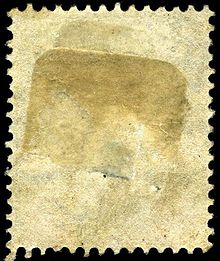The Scott catalog prices for most countries after 1940 is for stamps in mint Never Hinged condition. This is for three reasons. First, most post-1940 stamps are more common in NH than in hinged condition (especially as you come closer to the current period in time). Second, most collectors have been trained to believe that they want NH stamps. And third, the foreign catalogs from which Scott steals its prices only list their stamps in NH condition. So the question often arises about how one should value foreign hinged stamps in the modern period. As auctioneers, our experience has given us the following answers to this question. The effect of hinging on mint modern stamps is more significant the further you go back to the 1940 cutoff that the Scott catalog uses.
Stamps from most European and British area countries in the 1940-60 period sell, in hinged condition, for 1/3 to 2/3's of their NH price. As one moves closer to the current period, the ratio of hinged to NH price gets closer so that when we sell mint collections of the last twenty years, it doesn't seem to matter much if the stamps are hinged or Never Hinged. I suspect this is for two reasons. First, the quantities of mint stamps from the last two decades are small because so few were put away, and they haven't recycled through the philatelic resale market yet. Because so few were put away, collector demand is high, and so hinging matters less. And second, the face value of modern stamps is a big determinant of the price, with the Scott policy that many modern stamps catalog at twice their original face value. With stamps that have a high postage value relative to cost, hinging doesn't matter at all as you can apply a hinged stamp to an envelope as readily as a never hinged one.


